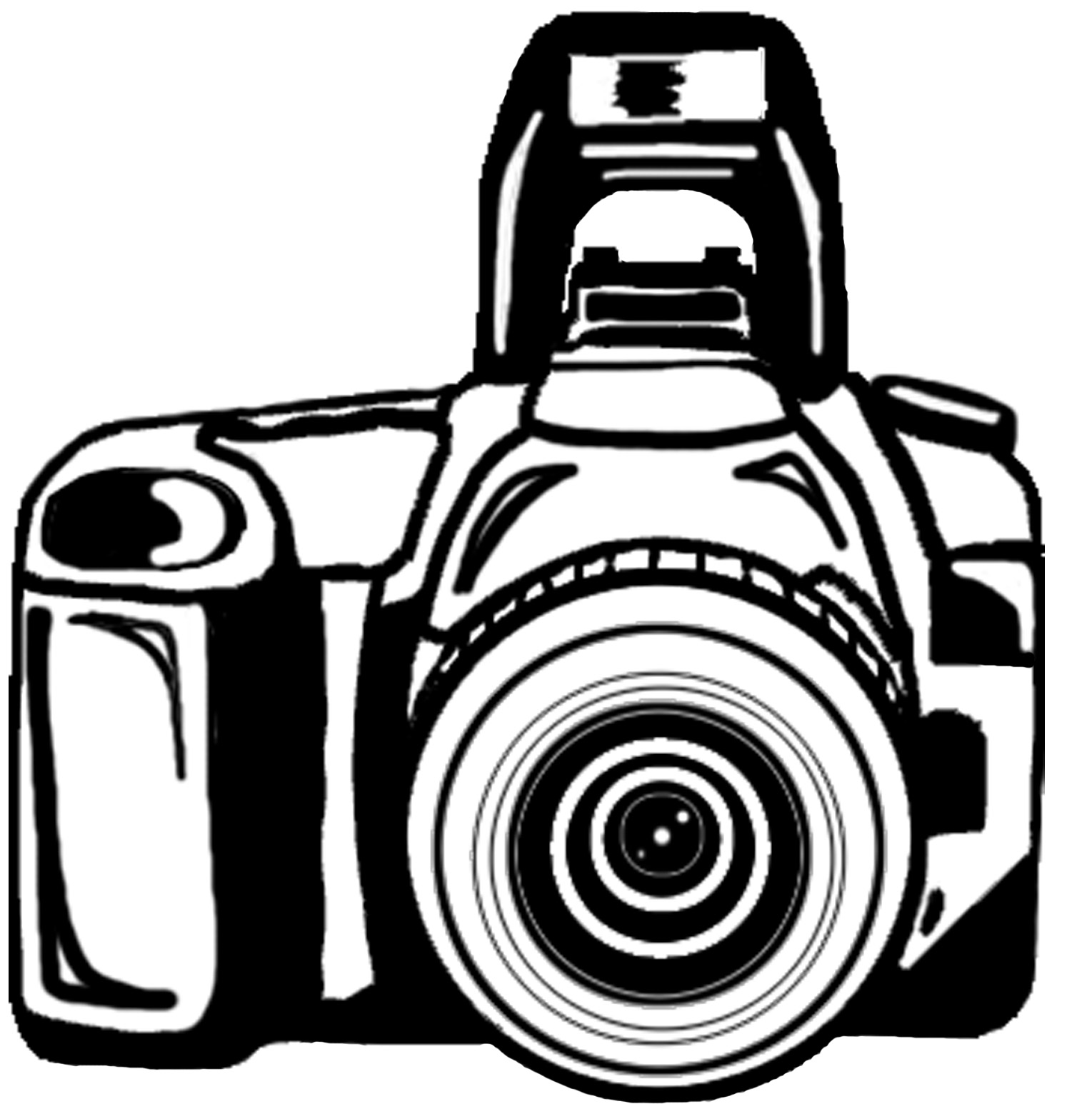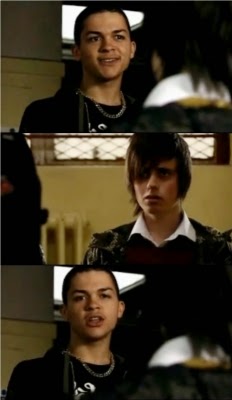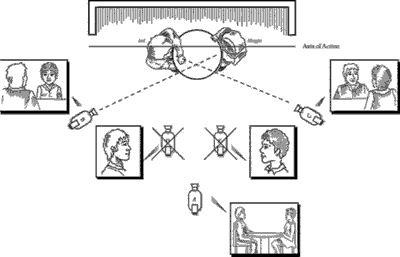It's important to consider the risks when filming, we filmed in a classroom which consisted of chairs, tables, our filming equipment and computers.
The chair legs create a risk of someone tripping over them and injuring themselves, and possibly damaging the filming equipment. The tables have the same risk.
We made sure that the tri-pod was out the way when we weren't using it, in order to prevent people from tripping over the legs that flare out.
If we were to have drinks around the computers, there's a risk that the drink could get spilt over one of the computers, and possibly start a fire.
In our sequence, we required a knife, and to prevent any risks, we used a fake knife; using a real one could be dangerous as we could cut ourselves.
 We are now beginning to edit our Preliminary Task. We are going to be adding non diegetic music and we are also planning to use the black and white colour scheme throughout. Also, we want the shots to be quite short and to have a quick pace to build tension and to make the audience anxious when watching. The group is working really well together and we are getting everything done quite quickly and at a high standard. We have already begun to talk about out main task after Christmas and have some great ideas!
We are now beginning to edit our Preliminary Task. We are going to be adding non diegetic music and we are also planning to use the black and white colour scheme throughout. Also, we want the shots to be quite short and to have a quick pace to build tension and to make the audience anxious when watching. The group is working really well together and we are getting everything done quite quickly and at a high standard. We have already begun to talk about out main task after Christmas and have some great ideas!

 The long shot of the corridor and part of the door is used to show the main character walking towards the room where her boss is to create tension.
The long shot of the corridor and part of the door is used to show the main character walking towards the room where her boss is to create tension.  We chose to use this corridor on the second floor because it was wide and very long so we could film many long shots for the opening of the scene.
We chose to use this corridor on the second floor because it was wide and very long so we could film many long shots for the opening of the scene.








